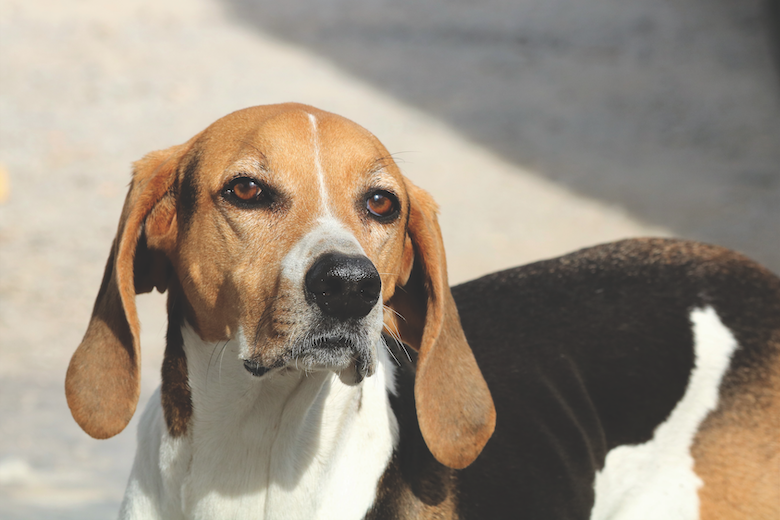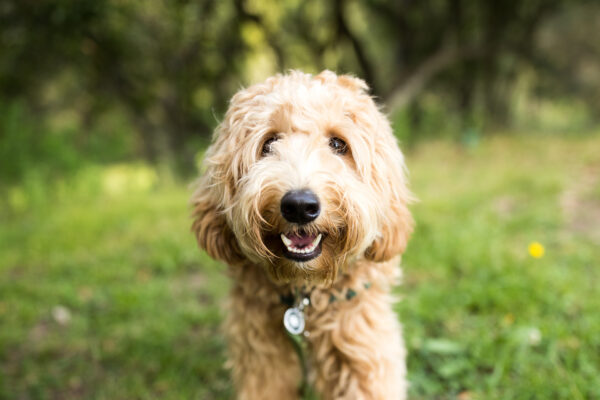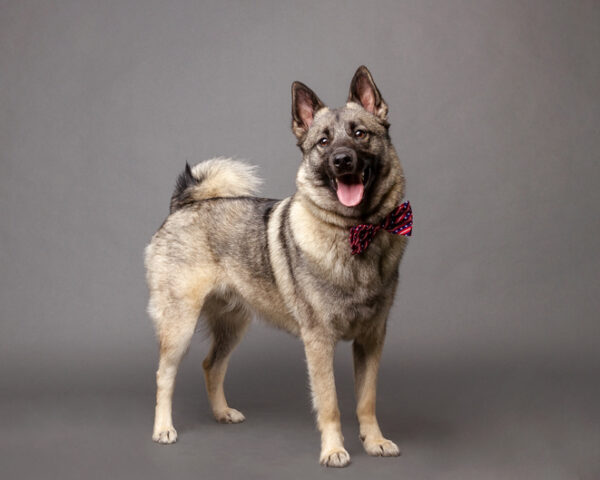The American Foxhound, a made-in-the-USA breed, is an exceptionally athletic yet gentle and affectionate friend. Renowned for his harmonious howls and hearty bays, the Foxhound gives voice when he’s trailing prey. Or sometimes just for fun!
A revolutionary heritage
One of our oldest but now rarest breeds, the American Foxhound’s ancestors date back to George Washington and the American Revolution. Our country’s founding father, whose lifestyle mirrored the British gentry, eagerly participated in traditional foxhunts. Washington was also an enthusiastic dog breeder. He kept a pack of hounds bred from British (and French) imports, and recorded in-depth details about his breeding program. Washington gave his dogs inventive names, including Sweet Lips, Tipsy and Vulcan. Over time, the tall and light American Foxhound became a distinct breed from its earlier cousin, the English Foxhound.
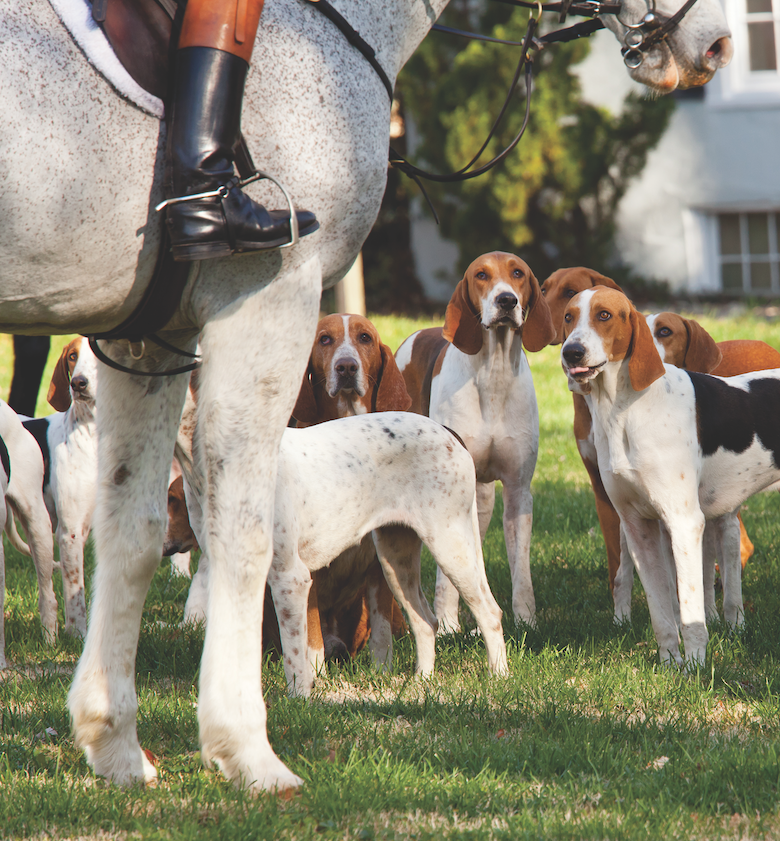
Hunting heritage
In traditional fox hunting, horsemen ride after hounds that find the scent of a fox. When hounds catch the scent, they chase until the quarry goes to ground or is lost.
Farmers and ranchers often view fox (and coyote) as pests; fox and coyote kill chicken, young sheep, calves, dogs and cats indiscriminately. In the United States, according to the Masters of Foxhounds Association, the sport of fox hunting, however, isn’t meant to control fox populations. Instead, the emphasis is on watching two adversaries since the beginning of time: the fox and the hound.
Activity level: impressively high!
Happiest running full throttle after he catches a scent, the American Foxhound thrives with an energetic lifestyle. He’s a great partner for a family that enjoys running, hiking and action. While he can live in cities if exercised extensively, the American Foxhound’s ideal home has a big, fenced yard. He can participate in obedience sports, but out in the field his hunting instincts will override his classroom lessons. Because of his strong prey drive and independent streak, the American Foxhound isn’t generally reliable off leash. He’ll trail a good scent first, and follow his owner’s call later.
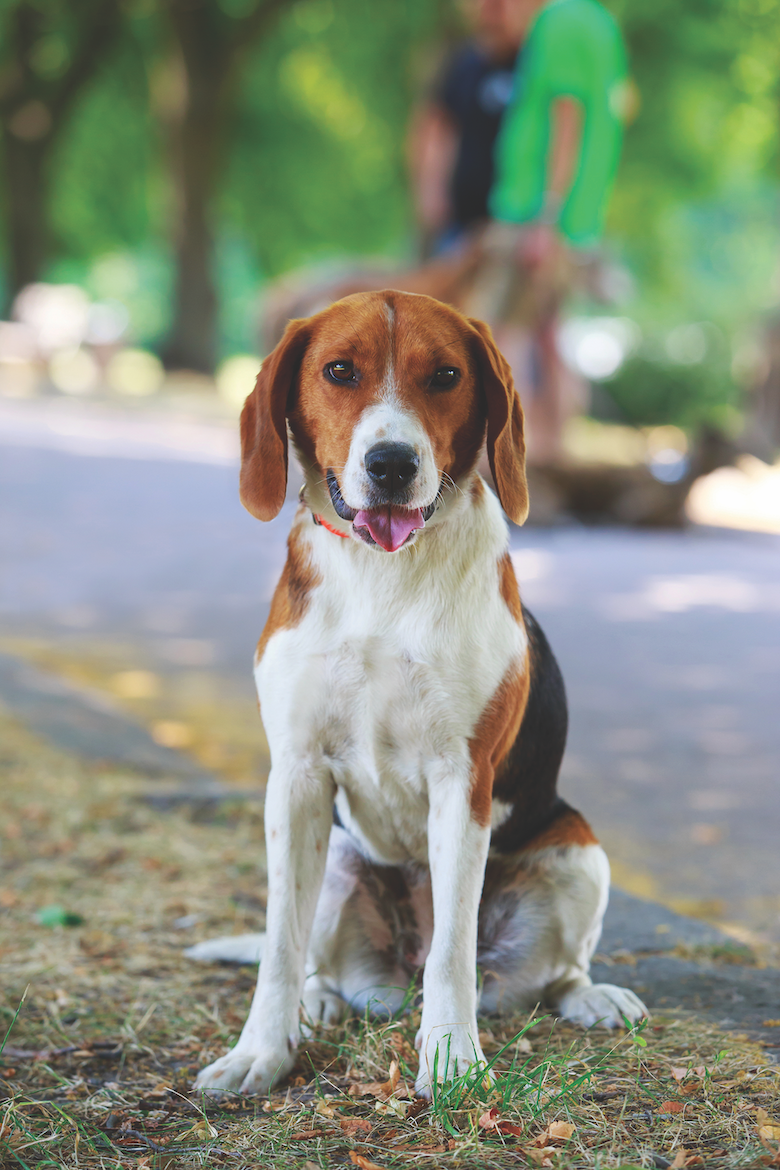
In the home
Especially when raised in homes from puppyhood, American Foxhounds are usually patient and good-natured with children. And since they were developed to work with other dogs, they thrive in multi-dog families. Some American Foxhounds tolerate cats, but others may not; they were, after all, bred to hunt small animals.
Managing the American Foxhound’s single-minded prey drive may challenge novice hound owners.
The breed can be stubborn and self-determining. Owners also may find curtailing the breed’s vocals a challenging endeavor. But after all, who can fault the breed for their characteristic hound-dog musicality?
The American Foxhound is generally quite social. Since they’re non-suspicious and non-territorial in nature, they’re certainly not guard dogs. They’re also rarely standout watchdogs. Unless, of course, they’re watching for foxes!
Foxhound Facts
- Weight: 60 to 70 pounds (females are smaller)
- Life span: 11 to 13 years
- Coat: A medium-length, close, hard coat
- Color: Any color
- Grooming: A rather easy-care breed, weekly brushing and wipe downs suffice.
- Shedding: Yes, indeed!
- Eyes: Large, soft eyes with a gentle, irresistible, pleading expression.
- Four types: Field-trial hounds show great speed and spirit. Fox-hunting hounds are known to work slowly and give voice. Trail hounds hunt or race following artificial lures. Pack hounds work in packs with hunters on horseback.
- Famous for: State dog of Virginia
- Best for: Active singles or families with children; runners and hunters, country-living owners. Experienced families that won’t be deterred by the Foxhound’s stubborn streak.
- Possible health issues: Hip and elbow dysplasia, ear issues, allergies
- Proposed breed quote: “Be active, be healthy, be happy.”
Featured Image Credit: Sheila Brown | Getty Images

